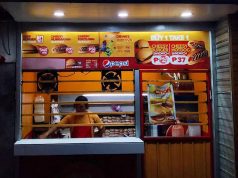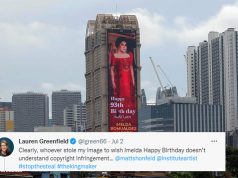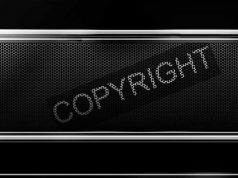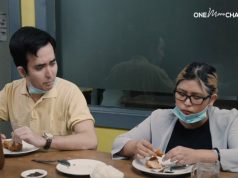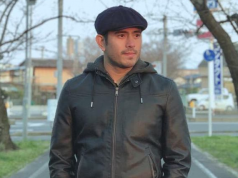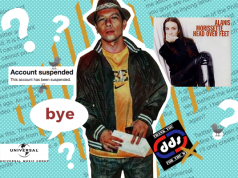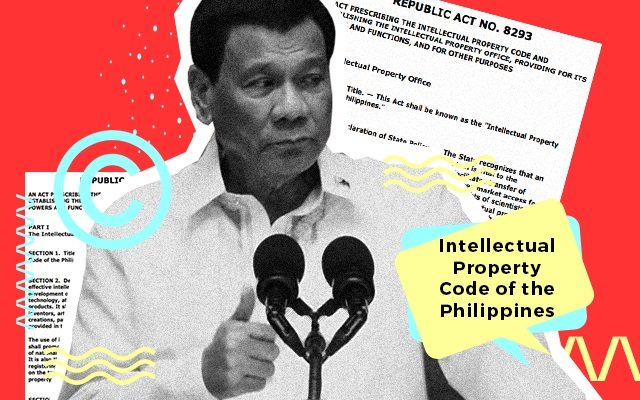
The photojournalist whose work was featured during President Rodrigo Duterte’s third State of the Nation Address called out RTVM out on Facebook saying his photo was used without his permission.
Veteran photographer Erwin Mascariñas shared on July 23 a screenshot of RTVM’s visual feed while Duterte delivered his speech, showing a photo of dancers performing in a local festival.
Mascariñas said that RTVM used his photo without his permission and proper credit.
WTF… THANK YOU FOR ASKING PERMISSION IN USING MY PHOTO… A friend messaged me that familiar daw ang photo that…
Posted by Mascariñas Erwin on Monday, July 23, 2018
Media worker Karlon Rama provided the clear photo taken by the photographer, which was exactly the same as the featured one on TV.
(1) This photo appeared during the Joyce Bernal-directed, RTVM/PCOO-produced SONA of the president yesterday. Copyright belongs to Butuan-based photojournalist and @PECOJON fellow Mascariñas Erwin He was not paid and given credit for his work. pic.twitter.com/QWsKbXbZ3z
— karlon rama (@whoiskarlon) July 23, 2018
The photo was captured during the Balanghai Festival of Butuan City in 2012, when Mascariñas was then a contributor for online news website Mindanews.com.
Asked why he did not put a watermark on his pictures, the correspondent explained that photographers don’t usually put watermarks in their photos when they submit to news outlets.
“When my photo is used outside any agreement arranged service it was intended for without my permission they have violated my intellectual property rights as the photographer,” Mascariñas explained in the comments section.
The copyright law in the Philippines is part of Republic Act No. 8293 or Intellectual Property Code of the Philippines.
Section 172 states that all “literary and artistic works,” such as photographic works, are “protected from the moment of their creation” by the author, regardless of a watermark or not.
There are limitations on copyright as stated in Section 187 for published works, which states “The private reproduction of a published work in a single copy, where the reproduction is made by a natural person exclusively for research and private study, shall be permitted, without the authorization of the owner of copyright in the work.”
If the author or owner of his work saw another property infringing such rights, the author can file a case before the proper court. —Artwork by Uela Altar-Badayos




